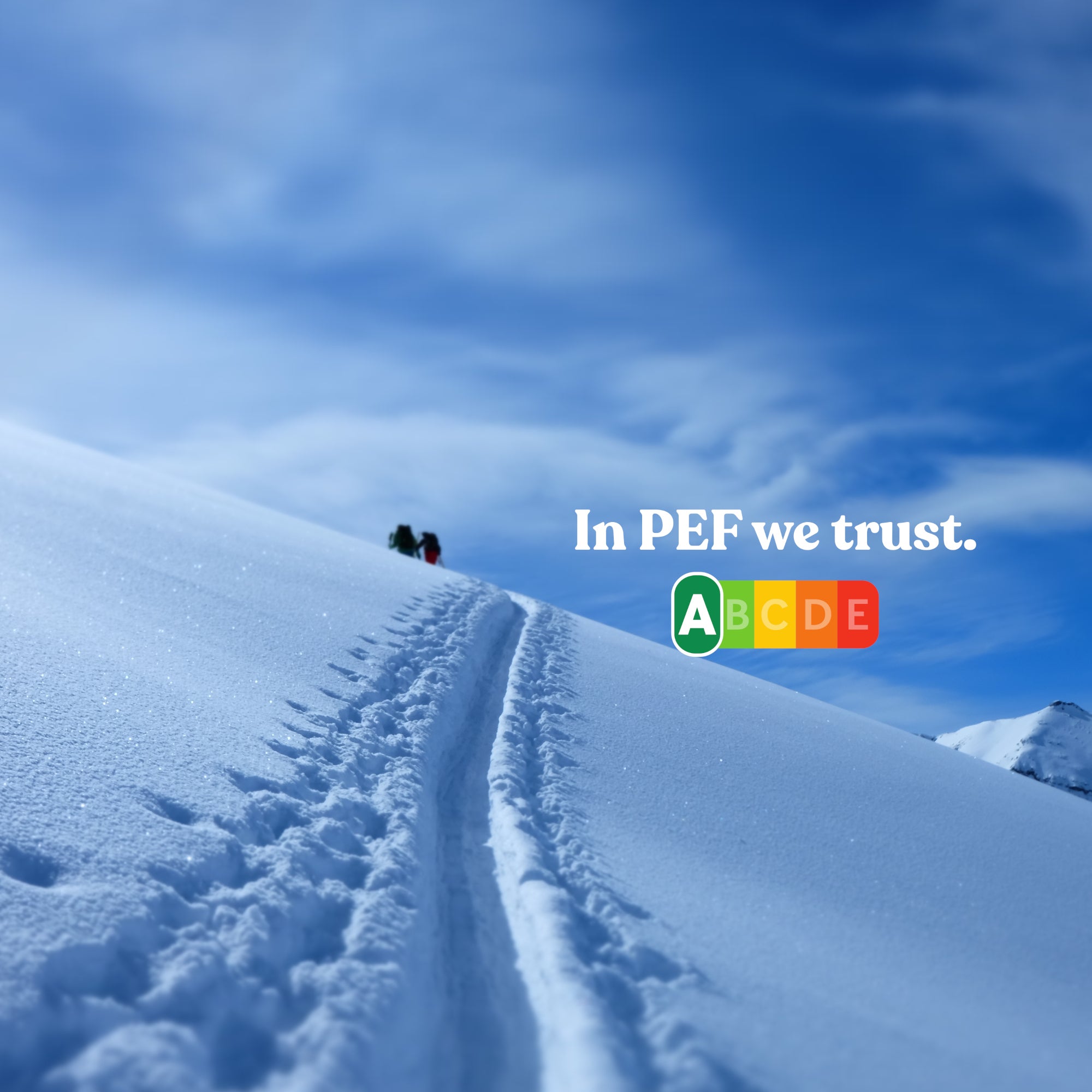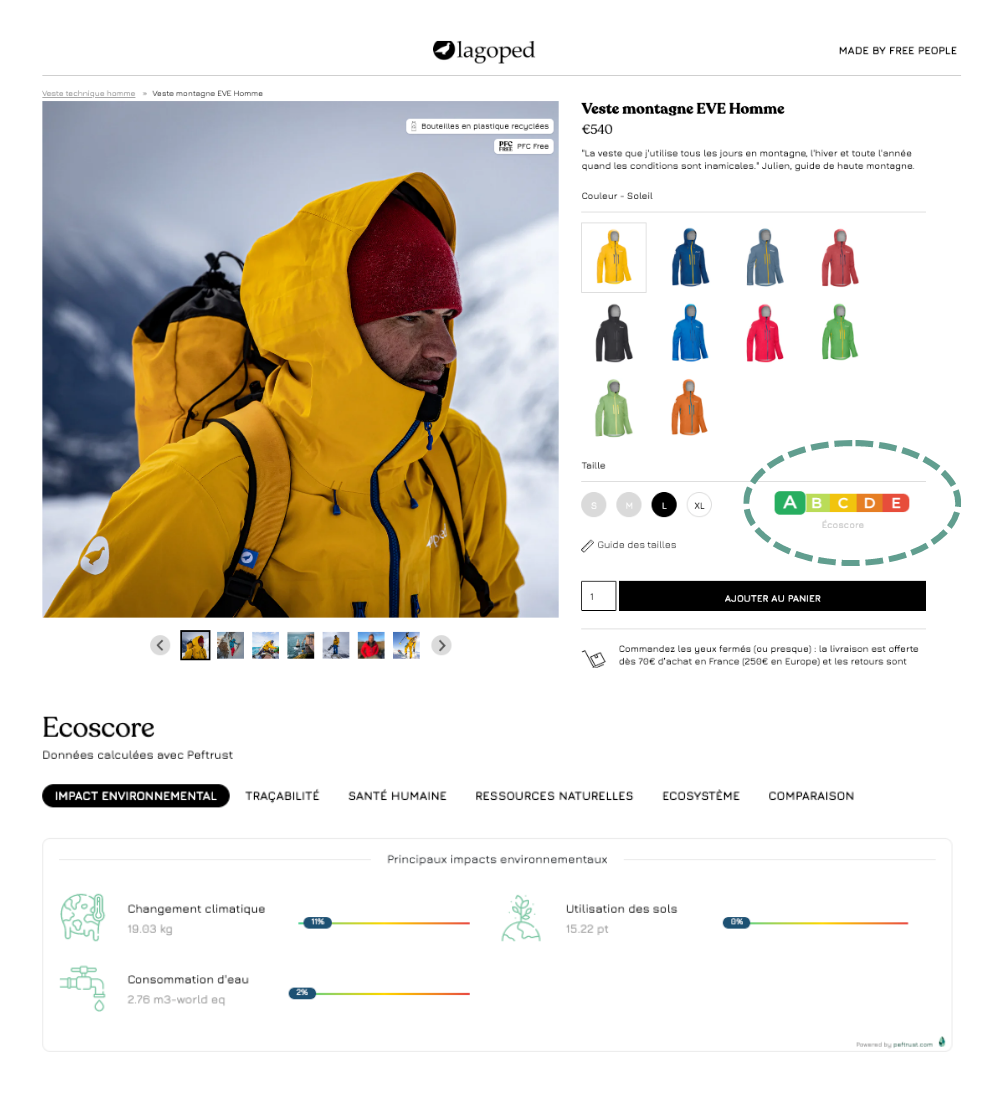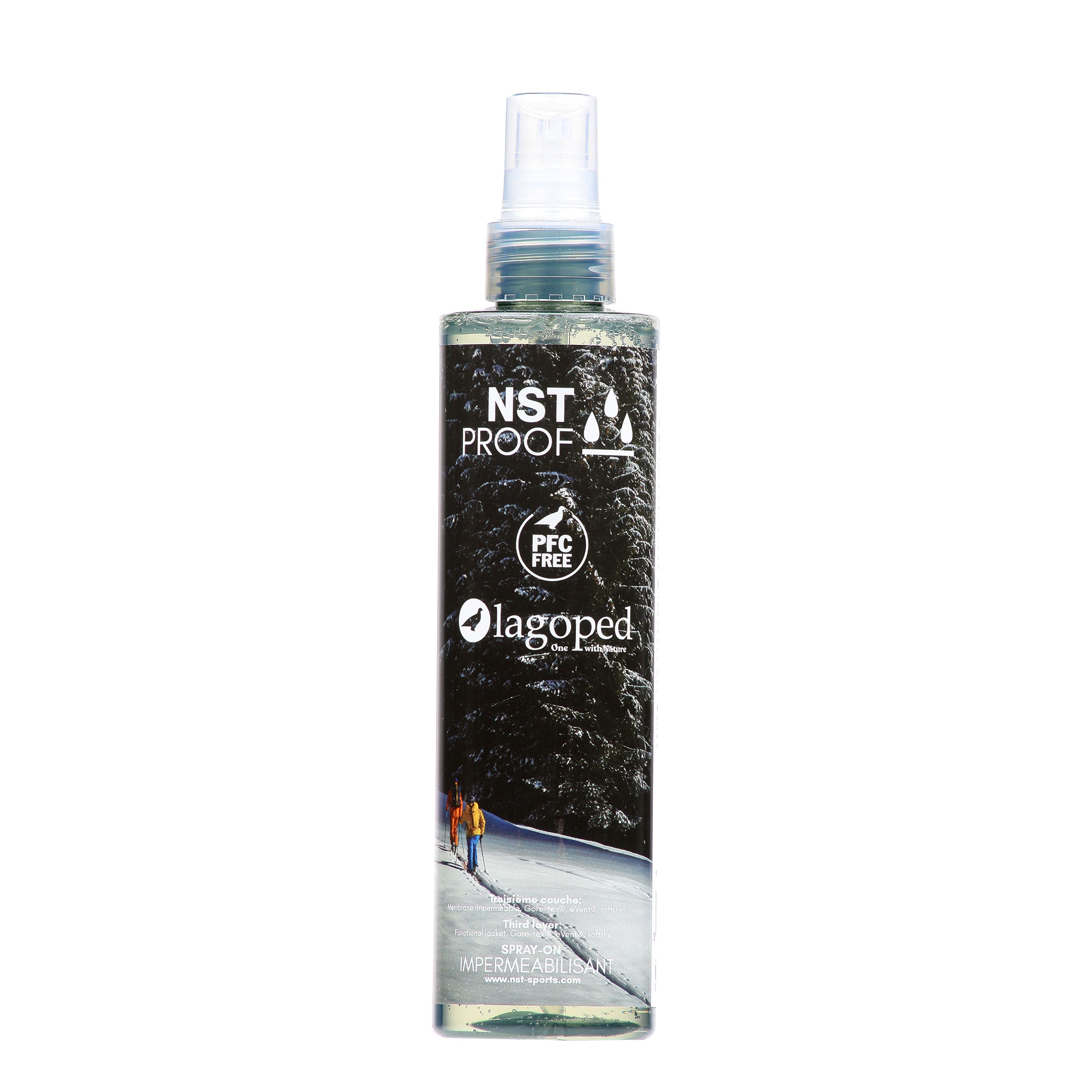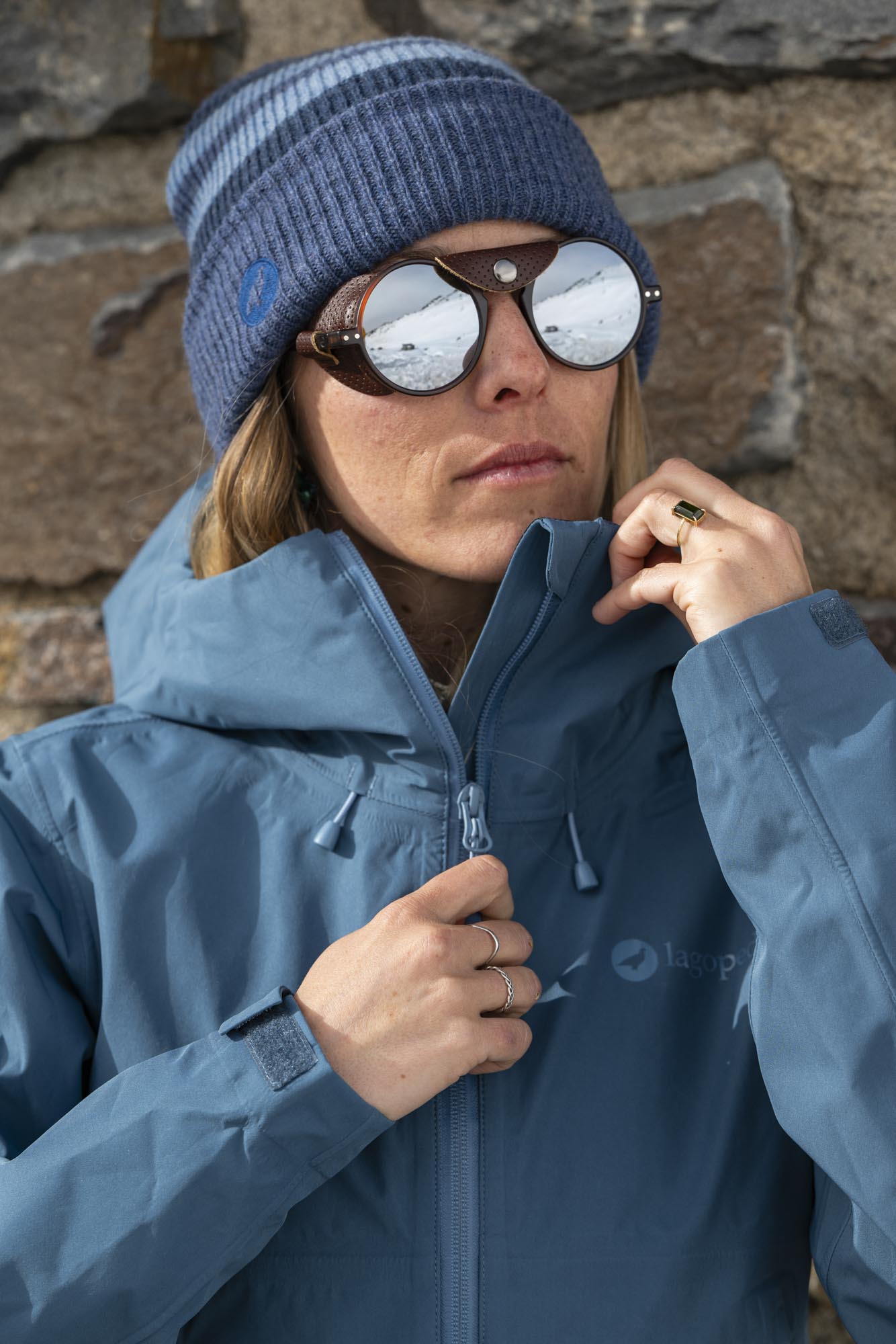
The eco-score, or the art of measuring the trace we leave
At Lagoped we work every day to make clothes that leave the lightest trace in Nature.
We ask ourselves a lot of questions and take up the challenges to reduce, reuse, transport less, ... in summary, have an eco-design of our products that truly takes into account the overall environmental impact and validate that we are right to favor the “recycled Europe” from yarn to clothing to escape the logic of extraction.
However, in an era where greenwashing in fashion flourishes like edelweiss on the mountains, we wanted to succeed in quantifying these design efforts that we make and that you validate through your purchases. And for that, there is the PEF: it is the Product Environmental Footprint, a method of evaluating and displaying the environmental impacts of a product.
We do not claim to “save the planet”, but we give you all the information on the sincere efforts we undertake for responsible manufacturing.
We are proud to be the first brand in Europe to publish the eco-scores of all our clothing. You will find that this took a lot of energy and work for Lagoped. It's a bit like having IPCC glasses on to look at your clothing. Welcome to the world of psychics!
And if we have achieved this with our modest size, we hope it will be a source of inspiration for the fashion industry.
The eco-score is....

...the end of Greenwashing
We believe that manufacturers have the responsibility to detail their manufacturing process and the process of their production so that you can assess the overall cost in relation to the price, understand the differences between 2 products meeting the same uses and make an informed choice. It's not easy to navigate the forest of allegations.
The Product Environmental Footprint or PEF was developed by the European Commission to standardize and make environmental data more reliable and to combat greenwashing. This will be the method applied in France and throughout Europe.
PEF is a comprehensive and standardized life cycle analysis (LCA/LCA) method. Displaying it was obvious to us in our approach to transparency and sincerity.

... a revolution to become an actor in our purchases
INFORMATION COLLECTION
Before the environmental footprint of a garment can be measured, data on materials, components and manufacturing processes must be collected, ensuring quantity (precision) and quality (authenticity). And they must be stored and updated in a computer system.
CALCULATION OF THE 16 IMPACTS BEYOND GLOBAL WARMING
To calculate the score, we carry out a complete LCA of each garment on each of the 16 environmental criteria of European regulations.
CALCULATION OF THE SINGLE SCORE
Finally, we can calculate an overall score and compare it to a reference product to display the final letter: ABCD E.

For you and for us!
At Lagoped, everything starts with a question: “why do we do it” before tackling the “how”. So why did we decide to spend months of effort on the ecoscore?
1. Measure what we do and tell our customers so that they become stakeholders in their consumption choices. And check that we are making the right choices collectively.
2. Validate that our desire to move away from the logic of extracting materials to make our clothes is relevant. The famous organic-free, wood-free, animal-free!
3. Better explain our “non-utilitarian” sensitivity to Nature to preserve arable soil, water and biodiversity and reveal that global warming only accounts for a quarter of the problem.
And for you ? We hope that with this eco-score you better understand the effort put into our products (and therefore their price) and that you will be able to talk about it to those around you, and compare the eco-scores!
The lagoped eco-score
We explain everything about the regulations, calculation methods and results at lagoped

...a “Made in” beyond final assembly
The AGEC Law of April 29, 2022 “relating to the fight against waste and the circular economy” requires, among other things, to indicate the origin of the products. It’s traceability. And it has been mandatory since January 1, 2023 for distributors and manufacturers (with more than €50M in turnover).
The law also attacks the submerged part of the iceberg because more than 90% of the environmental impact of a garment is generated before the final stage of manufacturing. We also talk about it here in our commitments .
For textiles, the mandatory information is: geographical traceability of the 3 main manufacturing stages (weaving, dyeing, making) a warning for textiles that release micro plastic fibers during washing the presence of dangerous substances, the presence and share of recycled materials,
the recyclability of products.
On our product sheets, you will see that we display information on the 6 stages of the manufacturing cycle from the raw material, beyond the provisions of the AGEC Law.






